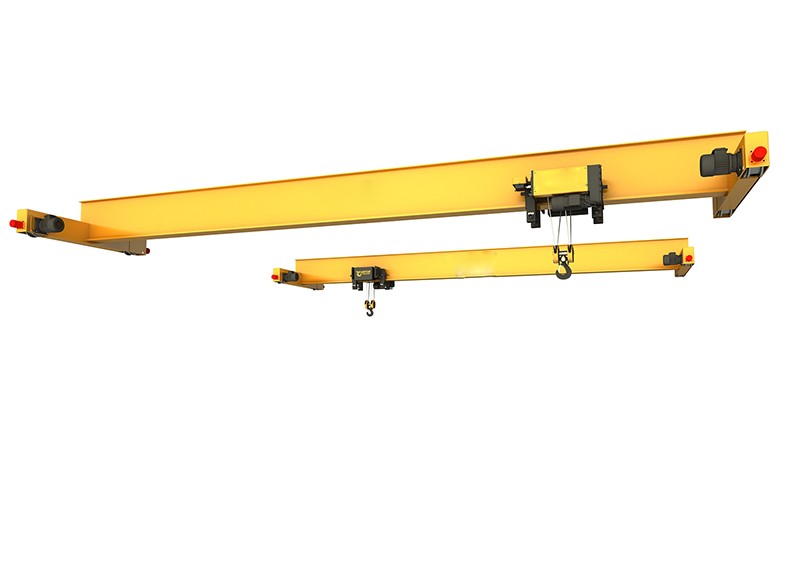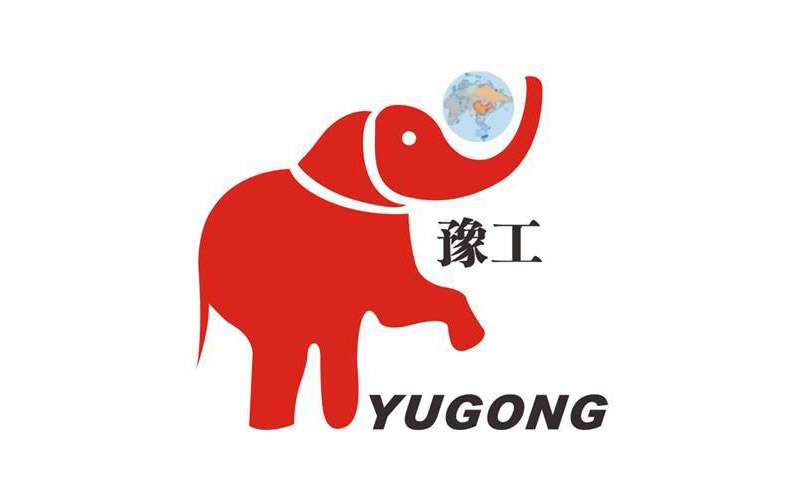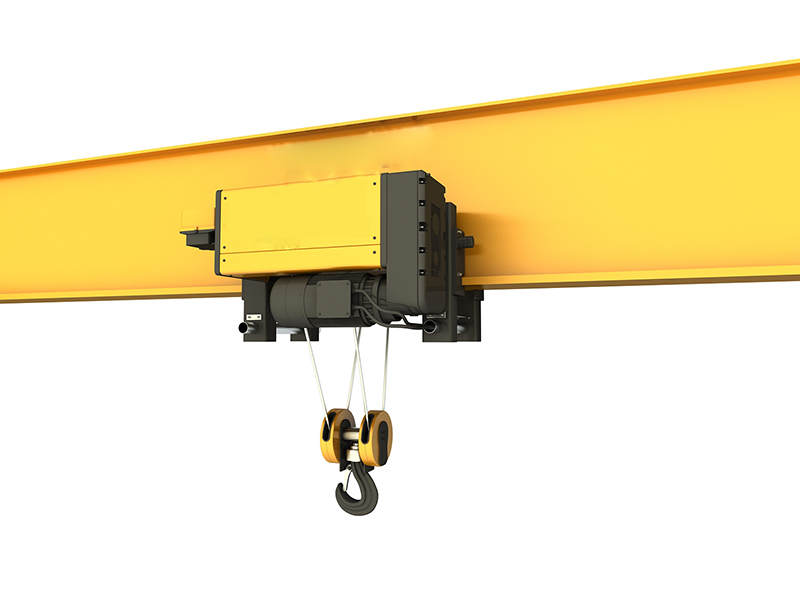
The hazards caused by overloading cranes
Excessive stress caused by crane overload operation can cause wire ropes to be broken, transmission parts damaged, and electric motors burned. Due to insufficient braking force, the brakes cannot hold the brakes and a major accident occurs. Overloading is very harmful to the crane structure. A typical example is that the main girder is deflection, the upper cover and the web are cracked, and the welding is unsold, which brings serious accident hazards to the safe operation of the crane.
Due to the deflection of the main beam, the trolley track will deform along with the main beam. When the trolley drives from the middle of the span to both ends, not only the normal running resistance must be overcome, but also the additional resistance caused by the climbing. In severe cases, the motor of the trolley operating mechanism is burned. In addition, the trolley will also appear "skidding", and it will slip by itself, which will seriously affect the lifting operation. For double-beam cranes, the trolley will also cause "three-legged" operation, and due to horizontal side bends, the phenomenon of "rail gnawing" will occur during small operations.
Overloading is more harmful to the boom type crane, and it often causes major accidents such as the breakage of the boom and the tower body. Because overloading destroys the stability of the crane, it can also cause a vicious accident of the whole machine overturning.
Here, Yuantai Lifting reminds you that you must abide by the crane's operating specifications to avoid unnecessary things from happening. Reputation is more than anything, and we must avoid any factors that are not conducive to the machine.



